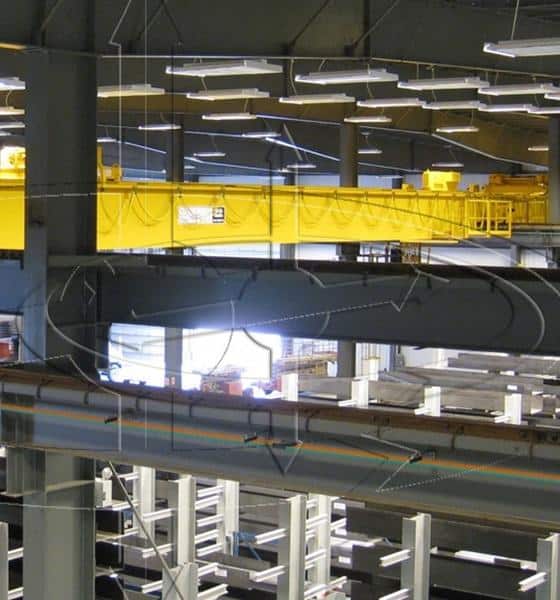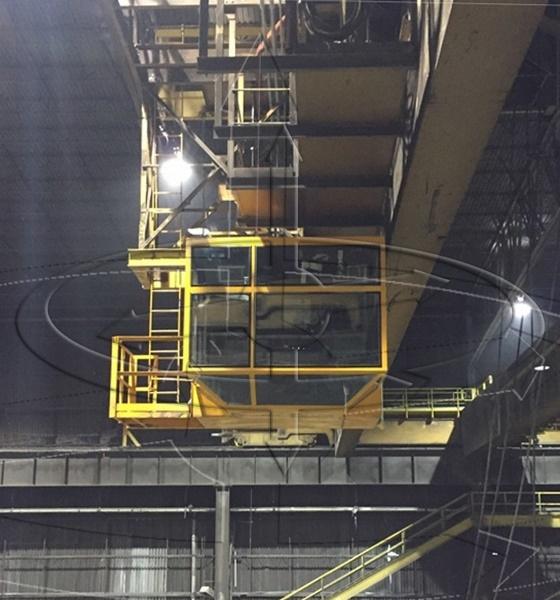
Crane Cab Replacement Improves Function
Engineered Lifting Systems was asked to review an existing application of a predominantly cab operated shipping crane. The review covered crane reliability, control method, and cab operator ergonomics. This post addresses the cab function and operator ergonomics portion of the study.

New cab design provided the needed sight lines.
The original cab as provided by the original crane manufacturer was smaller, had some specific line of sight issues, and was not designed with an operator working in the cab for 10-12 hours in a day. Working with the plant operators and maintenance we developed a list of the items that would make the use of the cab more productive including, adjustable crane cab chair locations and elevations, increase (or provide in some cases) line of sight to specific daily repeated production operations, and decrease operator fatigue.
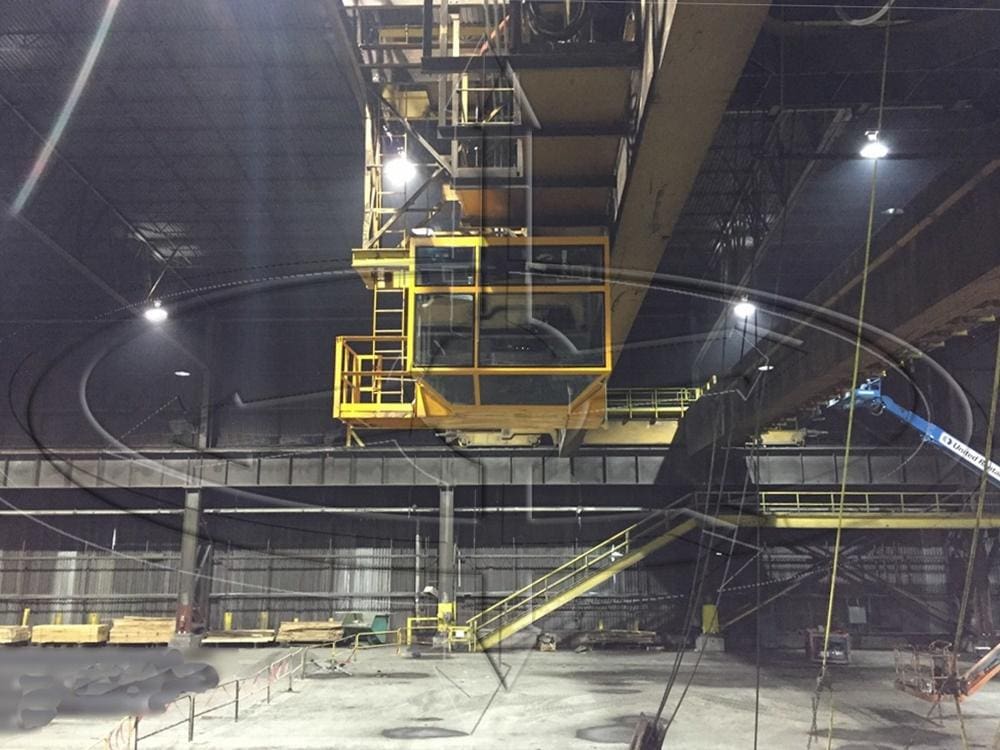
As built the new cab is much larger than the original.
Keep in mind when a manufacturer builds a cab operated crane, there is not always a conversation about these types of issues. However, today with 3D drafting the function of the crane cab in critical production rolls can be reviewed at any time. Crane cabs can be designed to be optimal in application.
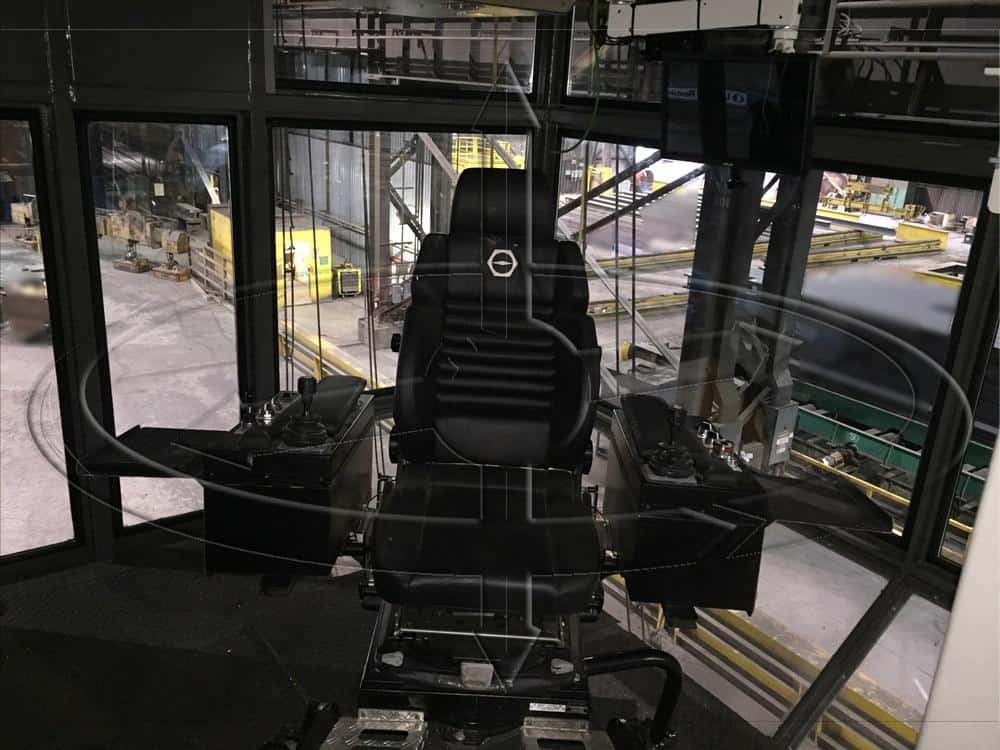
J.R. Merritt FSRHDG chair system is at the heart of operator comfort and function.
This particular crane featured a “cab on trolley”, so that the cab was mounted off the side of the hoist trolley and the cab traveled with the trolley. For this application that was a good place to start, but there were several design problems with the cab that prevented the operator from staying seated and having a clear vision path to repeated production.
In the design stage we developed a working elevation of the cab floor, looked at operator heights when seated and using the J.R. Merritt FSRHDG with adjustable slide forward and back and elevation adjustments and placed the cab windows as to provide the best line of sight for all major repeated processes.
The operation required almost twice the interior space as the original cab provided, so we knew the supports structurally would need to be improved. The final design incorporated a Pratt truss over the cab original supports (not shown), and a larger support tower.
The final cab installation provided cab environment regulation, functionality, ergonomic improvements, and features such as a microwave, refrigerator, multiple LED production screens, and radio communications.
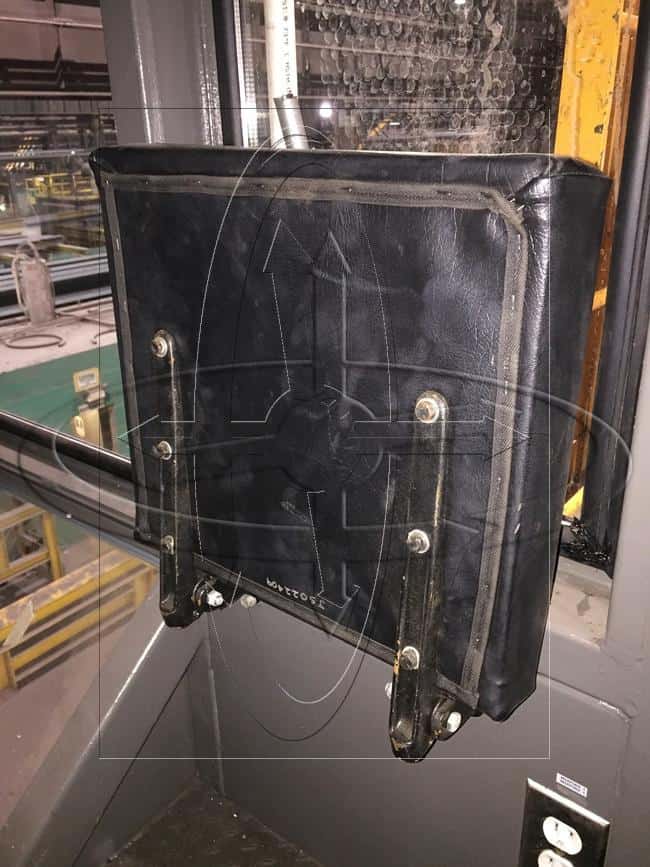
Handy for operator training, jump seat up.

Jump seat down.
There is a considerable process involved in order to analyze, design, detail and install a cab like this. However, if it is processed correctly many of the issues with an original cab can be improved.
If you have any questions on this post, please write to me directly Engineered Lifting Systems Contact Eric
Recent news posts
This is a sample blog post title.![Featured Image]()
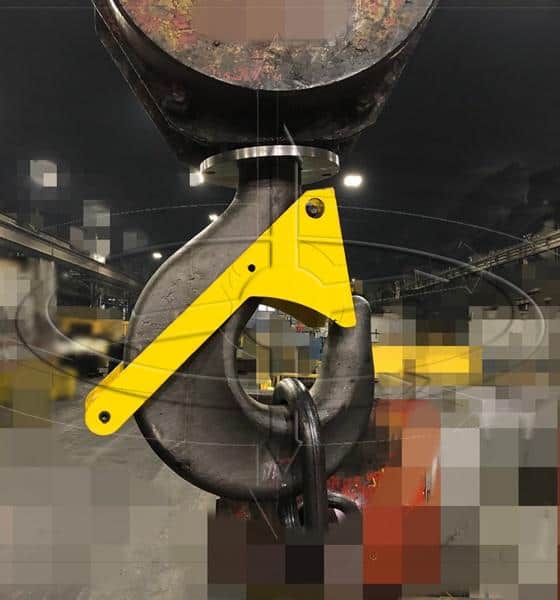
Gravity Latch with Rotation Lock
This is a sample blog post title.![Featured Image]()
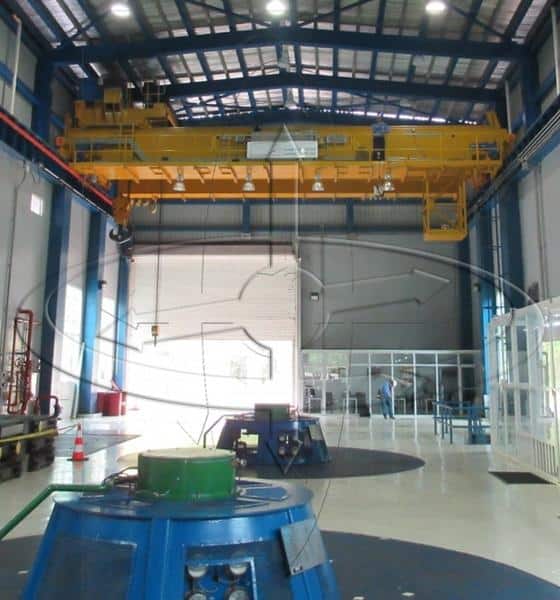
Magnetek Series 3 Drives Using “Motor 2” Option
This is a sample blog post title.![Featured Image]()
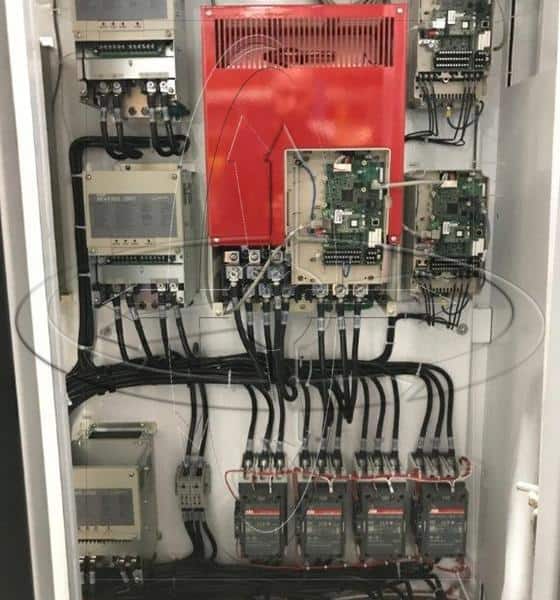
Magnetek Brake Circuit Fusing
This is a sample blog post title.![Featured Image]()

Crane Cab Replacement Improves Function
This is a sample blog post title.![Featured Image]()
